Like many people, I was impressed watching Texas state Senator Wendy Davis attempt a 13-hour filibuster of an anti-choice law. She couldn’t sit, eat, drink, or even lean on anything for support as she spoke. So it’s no surprise that the Mizuno Women’s Wave Rider sneakers she wore have gained a bit of attention, as evidenced by the many satirical reviews on Amazon.
Over at Digiday, Giselle Abramovich suggests that Mizuno is “missing out on a real-time marketing opportunity.” They might be. It’s also the right call for the company.
For its part, the company issued a statement on its blog that’s pitch perfect — acknowledging the performance of its shoes while not choosing sides in the most contentious issue of modern American society.
Here’s the last paragraph of that statement:
As you do, we love talking about running and introducing new consumers to our quality product. However, this conversation did not start out as a running conversation, thus we have limited our engagement to date. We are fortunate to have benefitted from this conversation and do appreciate Ms. Davis selecting our quality athletic footwear for her “endurance” event; however we do not have a corporate position related to the topic she presented.
This is a perfect example of why real-time marketing might be better left to PR people than social media firms or ad folks. Anyone who would advise Mizuno to rush to capitalize on this particular incident with real-time marketing would be committing malpractice, if there is such a thing in our industry.
The Wave Rider is currently the top-selling women’s athletic shoe on Amazon. So it’s true the extra attention they’ve received has had an incremental effect on sales. But, had Mizuno decided to endorse Senator Davis or her positions, it would’ve been deadly to the brand.
Mizuno would have found itself caught in the crossfire of protests, phone calls, numerous social media blogs and press articles. Some might be positive, a lot would be negative, but none of it would be worth whatever additional sales and notoriety lift the brand might receive. (It should be noted that Mizuno Running’s American headquarters is located in a suburb of Atlanta. Having lived in that area, I’m willing to bet many of its employees simply don’t agree with Senator Davis’ politics. That fact alone means the company’s reticence is justified.)
Some brands have established and well-known ethical belief systems. Even fewer are built on principles that manifest themselves in political issues. Mizuno isn’t either of these. They’re not Chick-fil-A or Ben & Jerry’s. They didn’t ask for the attention they’re now receiving. They’re smart to simply acknowledge the events and the attention as a testament to the quality of their product. Which in the end keeps them focused on the business of making performance sneakers.
Not everything related to a brand, when it’s in the news, is worthy of exploitation. Some topical items can be used to a brand’s advantage, but determining those requires judgment and experience. Let’s hope all the new preachers of the real-time marketing gospel are able to show restraint at the right moments the way Mizuno did.
This blog is about marketing. If you have a comment related to real-time marketing, please feel free to weigh in. Other comments will be deleted.
The post Mizuno Wisely Runs Away From Real-Time Marketing appeared first on AdPulp.
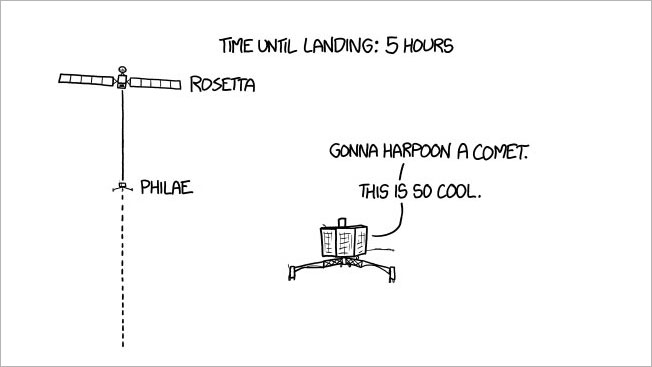

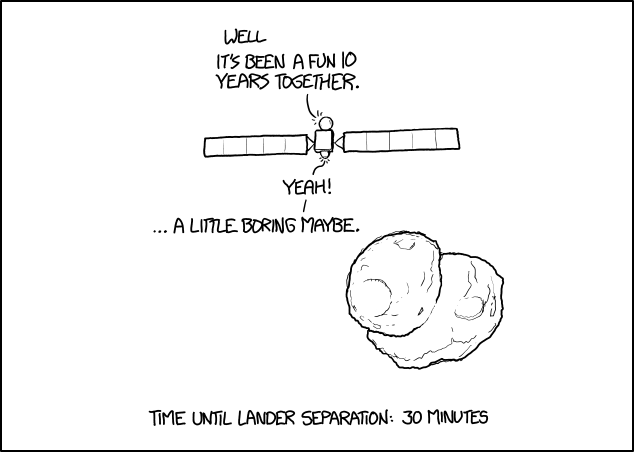

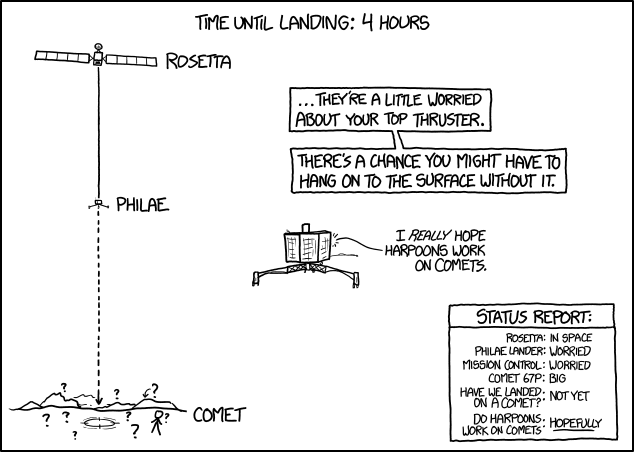
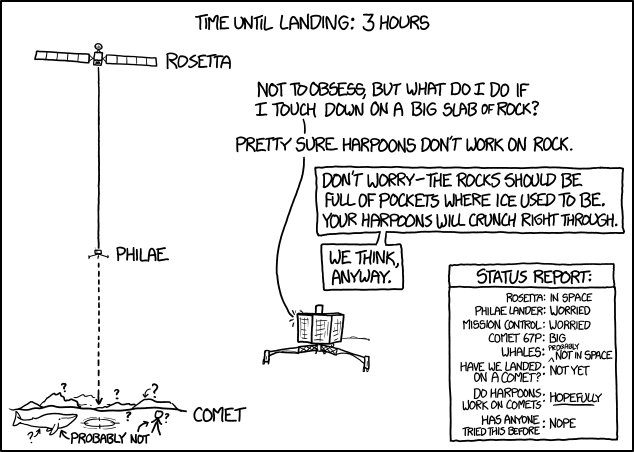

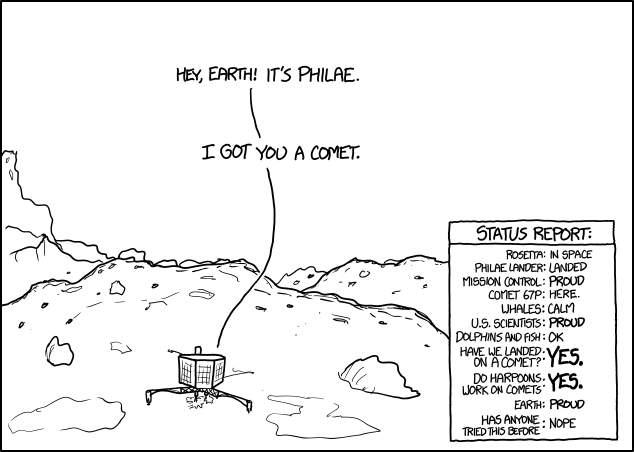
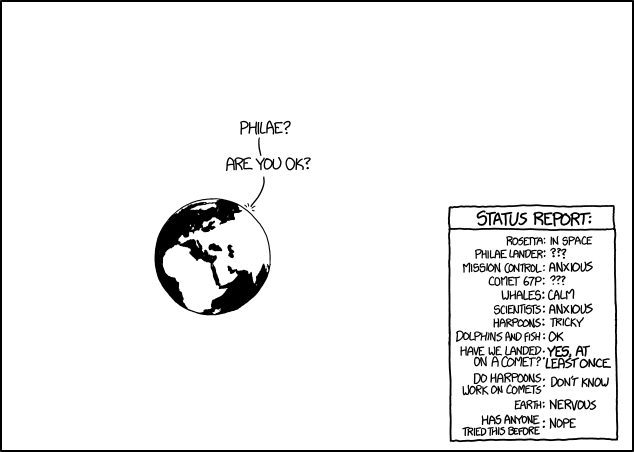
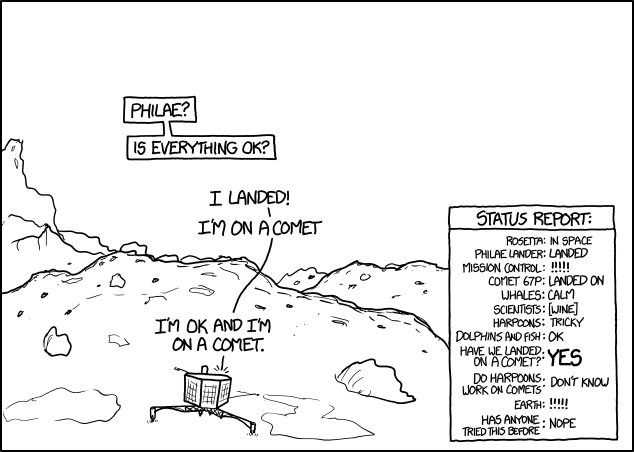
![]()




